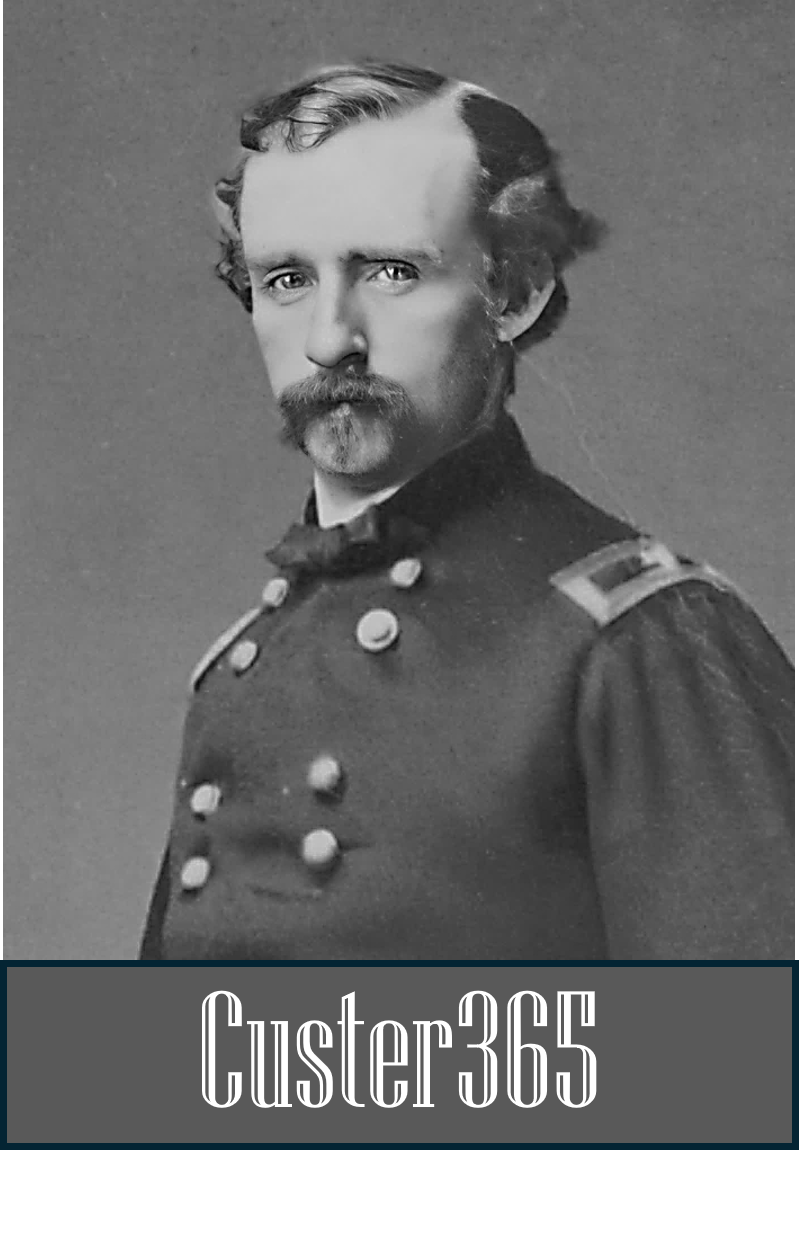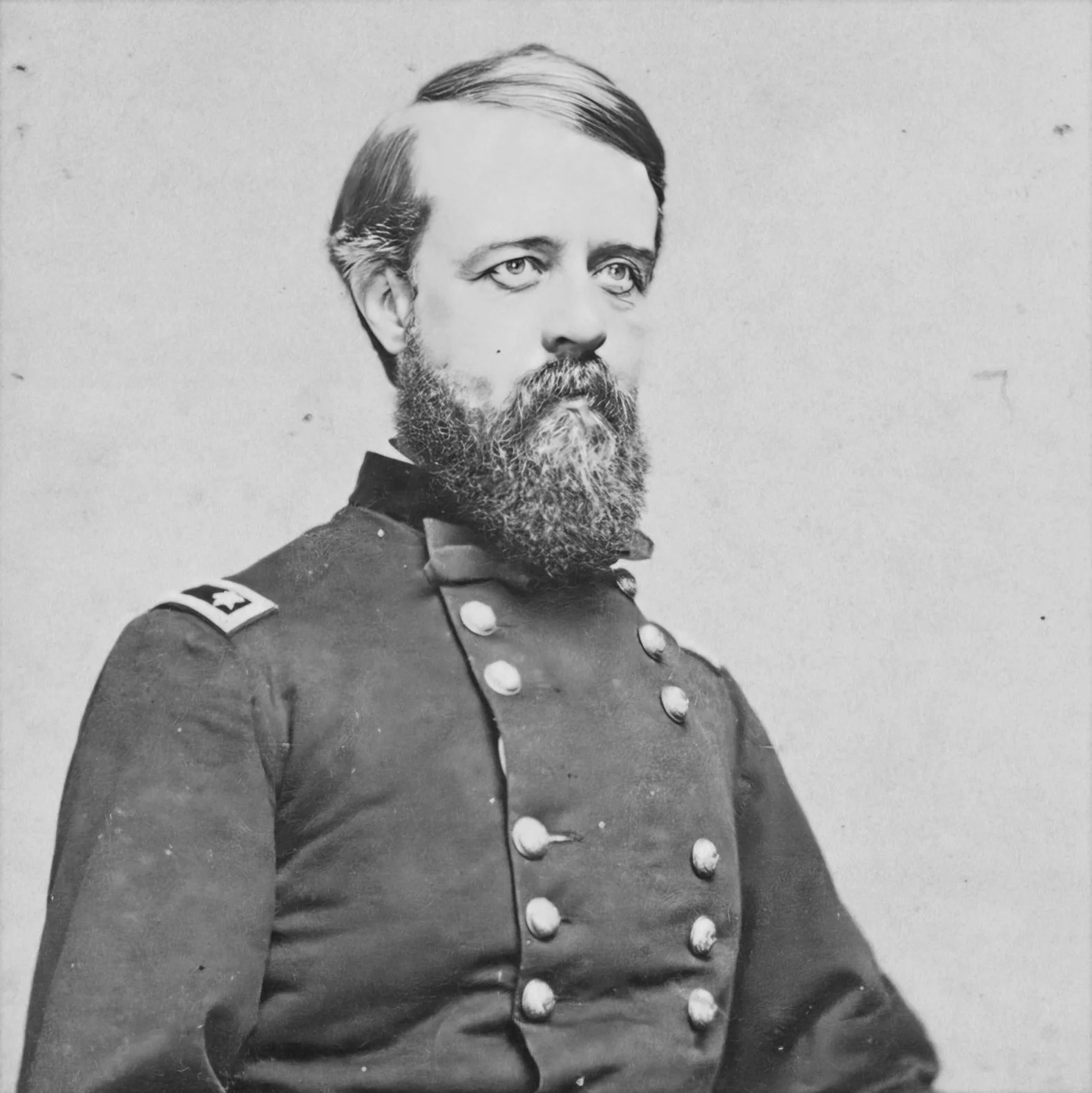JULY 5: The Far West Races East
Captain Grant Marsh, piloting the steamer Far West, which is draped in black and flying its flag at half-mast, delivers 38 troops wounded during the Battle of Little Bighorn to Fort Abraham Lincoln at 11 p.m. on July 5, 1876. The Far West covered the approximately 710 miles from current-day Hardin, Montana, to the fort, located near present-day Bismarck, North Dakota, in an unheard of 54 hours.
A statue of Capt. Grant Prince Marsh, pilot of the steamer Far West, stands in Yankton, SD. (Credit: Library of Congress)
Marsh, according to author Nathaniel Philbrick in the book, “The Last Stand,” first heard of the deaths of Custer and his men from Custer’s Crow scout Curly (“Ashishishe” in the Crow language.) With a pencil and paper, and through pantomime, Curley re-enacted the scene he said he witnessed on June 25 on a hilltop above the battlefield. It involved a massive number of Indians and scouts, and the sound of gunfire. Curly was, according to the author, re-enacting “the slaughter of Custer and his entire battalion.”
On the morning of June 29, Marsh and his men converted the Far West, tied up on Bighorn River, into a hospital ship. More than 50 wounded soldiers from Major Marcus Reno’s wing would be arriving by dawn the next morning. Many had wounds so serious that their only hope was to get them to Fort Lincoln in time to receive necessary medical attention.
For an unexplained reason, Gen. Alfred Terry, commander of the Dakota Battalion, held up the departure of the Far West until July 3. There is speculation he needed extra time to craft an official dispatch that would, as Philbrick writes, “put this botched campaign in the best possible light.”
U.S. Army General Alfred Terry (Credit: Library of Congress)
Philbrick goes on to write: “In the end, Terry put his name to two dispatches. One for public distribution that made no attempt to find fault and the other, a more private communication to General (Philip) Sheridan, that blamed the catastrophe on Custer.”
At 5 p.m. on July 3, the Far West set off, carrying 38 wounded soldiers (12 recovered sufficiently to remain behind), 17 dismounted troopers from the 7th Cavalry, and Capt. E.W. Smith carrying dispatches for General Sheridan in Chicago. The Far West traversed the Yellowstone River and Missouri River, along with several tributaries, at average clip of approximately 13 miles per hour.
Also onboard was Comanche, the severely wounded bay horse of Capt. Myles Keough, who was killed along with Custer and 210 troopers at Little Big Horn. Comanche would eventually recover, become a revered survivor of the battle, and die at the age of 29 at Ft. Riley, Kansas, in November 1891.



